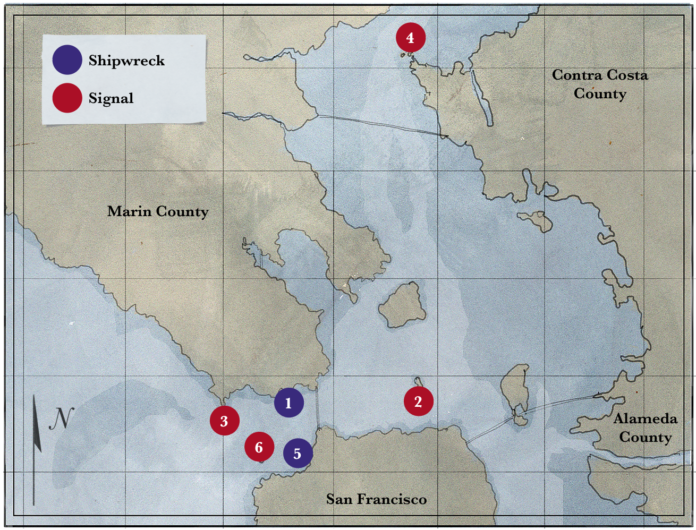
by James Mitchell with illustrations by Dan Bransfield
Text adapted from James Mitchell’s paper “Lost Soundscapes: Fog Signals of San Francisco Bay,” available for further reading on academia.edu.
Thanks to its special geography and its proximity to the Pacific Ocean, San Francisco is envied for two contributions it has made to the history of American soundscapes. Cable cars still rattle around and over the hills of the city, and the jangle of bells and clacking of cables entertain millions of tourists annually. No less distinctive are the foghorns of San Francisco Bay, once at the epicenter of a thunderous grunting that filled residents’ ears on late afternoons in the summer, gravely announcing the fog’s recrudescence through the Golden Gate. Though greatly diminished from their former glory, their sounds linger on, due less to a reduction in the number of horns than of decibels, a development initiated in the 1960s when the US Coast Guard automated all the lighthouses in America and adopted new sound technologies to limit the volume of the horns.
But what is a foghorn? The more authoritative term is “fog signal,” the standard designation preferred by the Coast Guard, which owns and operates most of the lighthouses and sound devices that stand watch over the country’s coastlines. Its purpose is to indicate a shoreline, a channel, submerged rocks, or other hazards that endanger oncoming ships. Foghorns have a long history in San Francisco Bay, predating the arrival of the familiar modern foghorns in 1934, which vary in pitch, frequency, and amplitude to form a distinctive code, enabling navigators to establish their position should visibility deteriorate completely.
The first ship to enter San Francisco Bay was the Spanish packet San Carlos, commanded by Juan Manuel de Ayala, on August 5, 1775. Many thousands of ships have sailed through the Golden Gate since, and the number that have gone aground, collided, capsized, or sunk in so doing has been calculated as high as 393—with an unknown number of lives lost. Today the remains of at least ninety-five wrecks lie buried beneath the surface waters of the Golden Gate, and many of them are still visible at low tide.
The hazards confronting sailing vessels entering the foggy bay were so extensive that a variety of fog signals gradually developed in the nineteenth century, including bells, bonfires, rifle shot, cannon fire, and even explosives, all stationed at the points of danger and requiring constant supervision and manpower. When steamships began to dominate the seas, steam whistles also became used as fog signals, but these possessed the disadvantage that the keeper had to stoke up a fire sufficient to generate the steam, which could take an hour or more after the fog arrived. With the onset of electricity at the beginning of the twentieth century, foghorn technology reached a new level of sophistication when compressed air and air trumpets were introduced, enabling either a series of blasts or a single sustained tone of moderate duration. This system could also be adapted to include sirens or diaphones—two-toned horns that produce the familiar “beeeyoh” sound most Americans associate with harbor foghorns.
Foghorns were typically integrated with lighthouses along the California coast, including at Alcatraz Island and Point Bonita. Despite Point Bonita’s well-deserved reputation as the most scenic of bay lighthouses, still in use and open for visitors, the most breathtaking construction was certainly the Mile Rocks station. Begun in 1906 and towering 125 feet above the water with residential quarters for four keepers, it was the only lighthouse built not on dry land but actually in the Golden Gate, on top of two mostly submerged rocks known as a prime hazard to maritime traffic, just at the point in the four-hundred-foot-deep channel where tidal currents flow strongest. Today it exists only as a squat stump clearly visible to hikers at Lands End, but in its heyday Mile Rocks was known as one of the more spectacular wave-swept rock lighthouses in the world. The Coast Guard removed the tower structure in 1960, built a helicopter landing pad on the remaining stumplike caisson, introduced a new lamp, upgraded the fog signal, and later added solar panels to improve the power usage.
The arrival of the Golden Gate Bridge in 1937 had the effect of creating a somewhat arbitrary entry portal into San Francisco Bay, and it also linked two historic light stations and fog signals at opposite ends of the span, now dwarfed by the 740-foot-high behemoth towering overhead. The oldest and most crucially situated of these is at Fort Point, where construction of a three-story military fort was begun in 1854 at the narrowest point in the channel. A large fog bell was attached to the wall facing the ocean, replaced by a trumpet signal in 1904, but the original lantern still stands guard atop the roof and appears much the same today as it did to Civil War soldiers stationed inside the fort.
At the other end of the bridge, perched on a narrow reeflike projection of rocks extending one hundred feet into the bay, Lime Point was opened in 1883, at first as a fog signal station that utilized steam whistles and 150,000 pounds of coal annually. On June 3, 1960, Lime Point was the scene of a calamity when the Pacific Far East Line’s freighter India Bear crashed into the station. The ship’s pilot had realized that the vessel was over two hundred yards off-course and went into full emergency astern, but it was too late. The vessel smashed through a plank walkway used for checking the tides and continued on to demolish the station’s bathroom. Later analysis determined that poor acoustics and strong winds had defeated the purpose of the foghorns, and that swift currents had conspired to send the ship off-course. The event serves as a reminder that fog warning systems have never been and may never be completely effective.
Older citizens will not forget the symphonic effect of a dozen or more foghorns resounding stridently across the bay during the dark nights of summer, and the dolorous sense of mystery that they created. Today the few remaining horns resonate gently and tactfully on the periphery of audibility. They are located at two distinct locations on the Golden Gate Bridge: three at the middle pylon and two at the south tower. The ones closest to the water are activated during low-hanging fogs, while the higher ones join in as the fog thickens. These are the only fog signals you are likely to hear in San Francisco today.
Historical Timeline of Lifesaving Signals
SS TENNESSEE
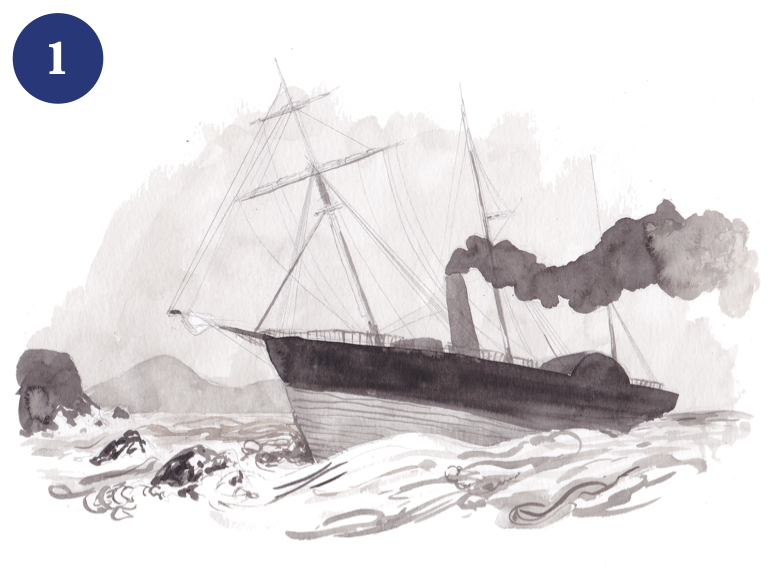
The need for a light station at Point Bonita became clear on March 6, 1853, when the side-wheel steamship Tennessee was swept northward by a swift outgoing tide. In the thick fog, the captain had mistaken Point Bonita for Mile Rocks, running the ship aground in the eponymous Tennessee Cove on the Marin Headlands, where, at low tide, the engine of the SS Tennessee is visible to this day.
INNOVATION #1: FOG BELL
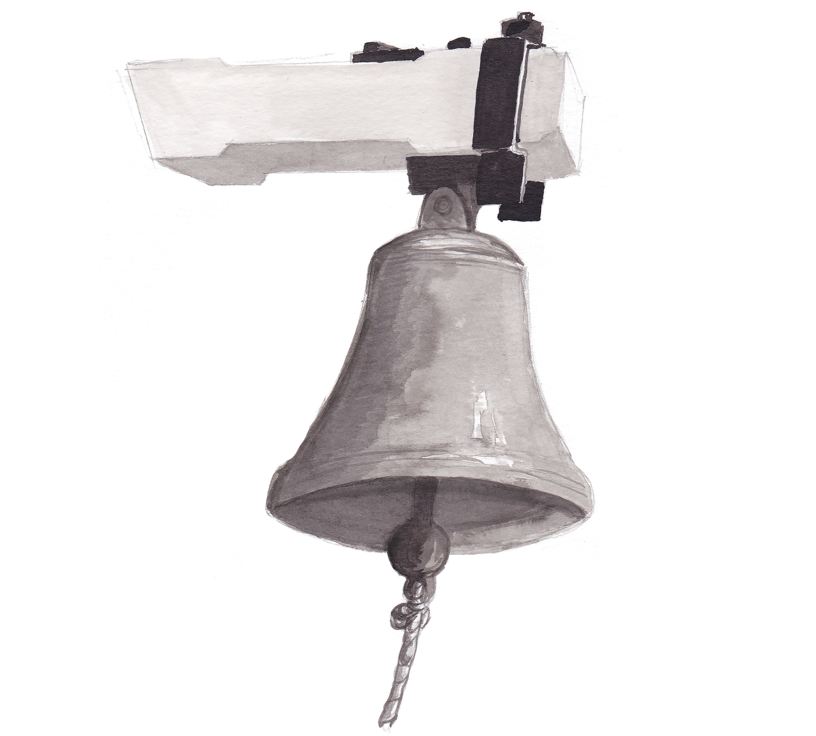
ALCATRAZ
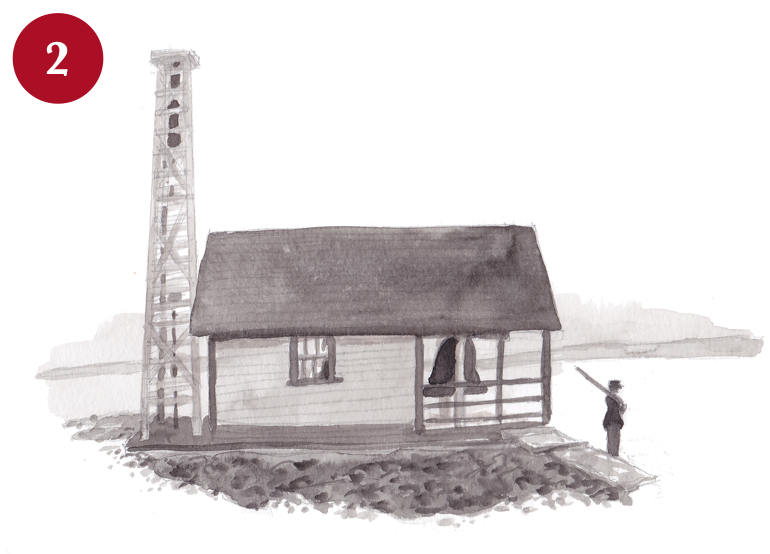
The first lighthouse on the West Coast was built on Alcatraz Island in 1854.It was soon understood that dense fog would blind the lighthouse lantern, so a fog bell was added two years later.
POINT BONITA
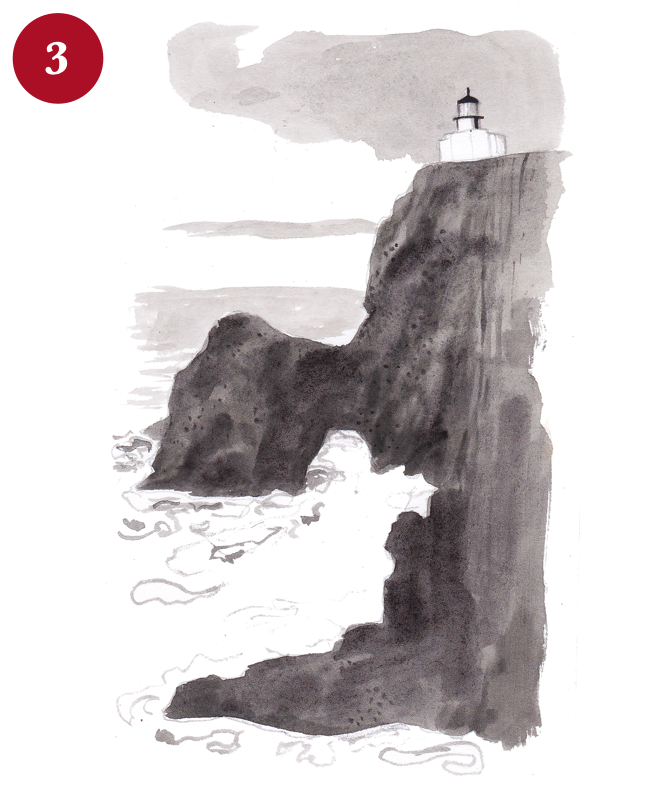
In reaction to the wreck of the Tennessee, the first lighthouse at Point Bonita was built on the edge of a steep cliff. It was also here that the first fog signal on the entire West Coast was sounded on August 8, 1856: blasts from a twenty-four-pound cannon, which had to be fired every half hour during times of poor visibility.
INNOVATION #2: FOG CANNON
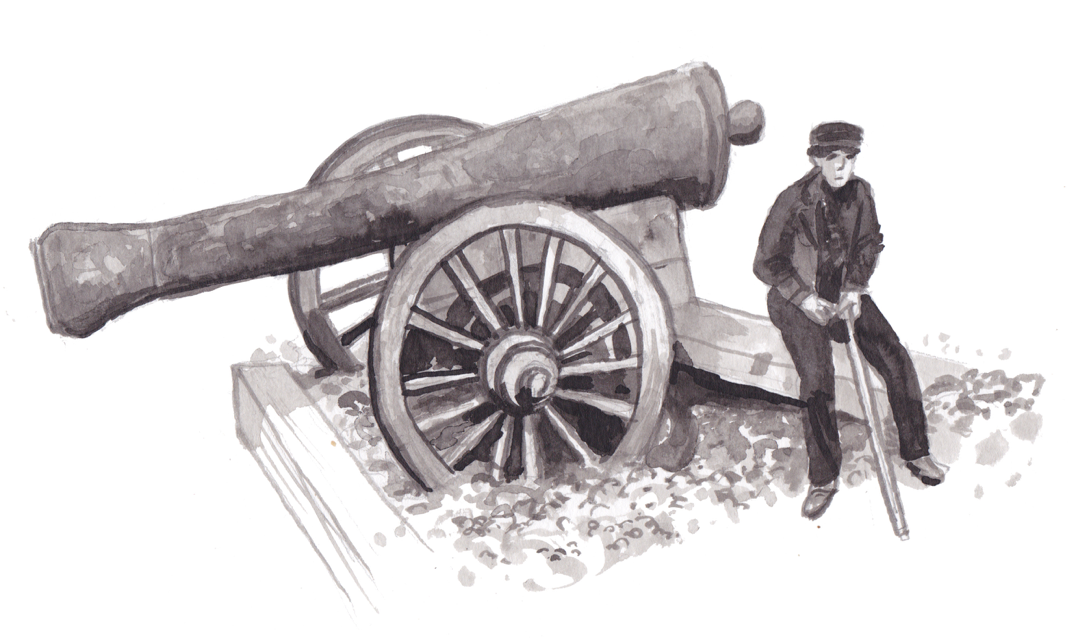
INNOVATION #3: WHISTLE
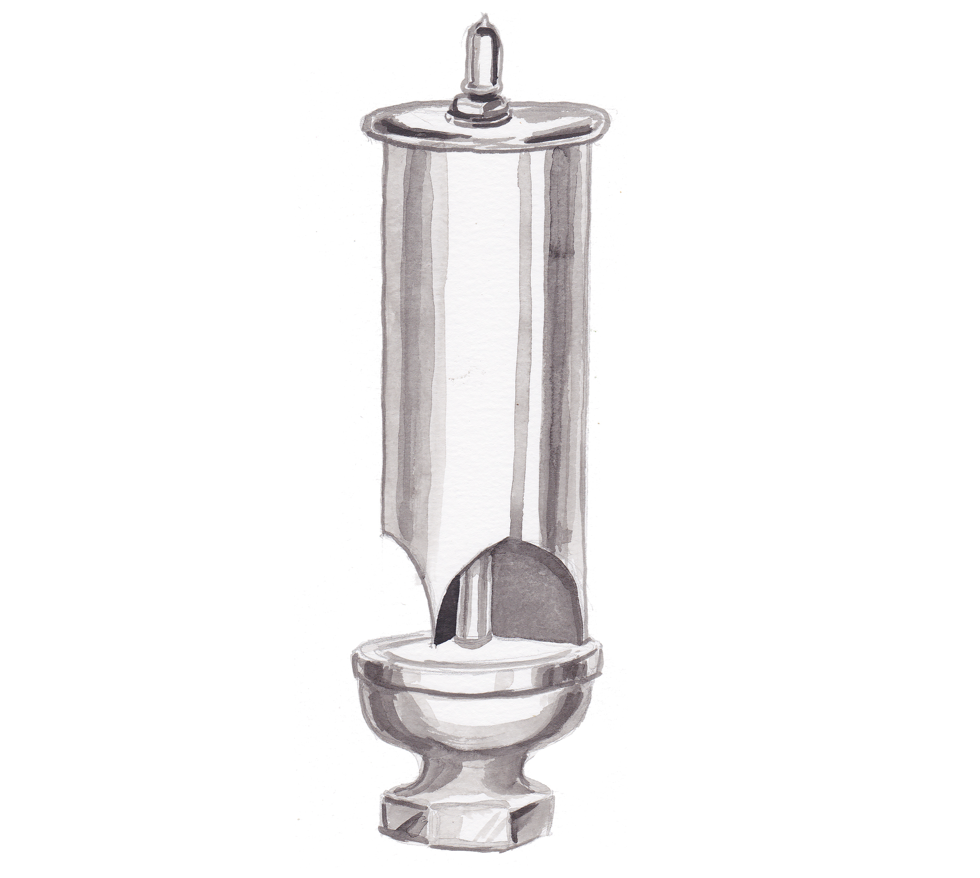
EAST BROTHER STATION
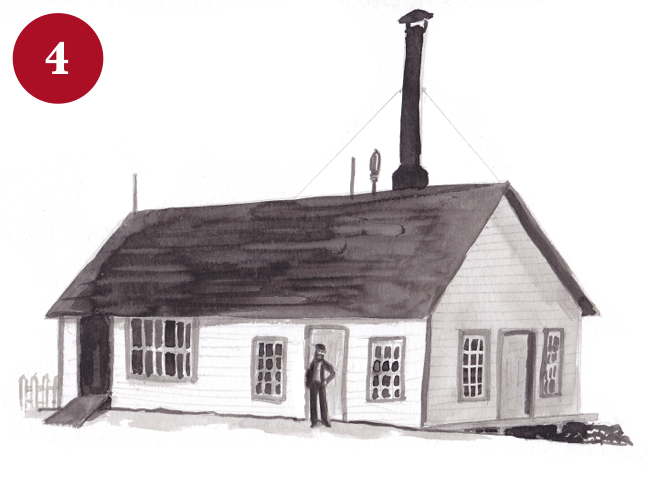
East Brother Light Station was built in 1873 as an aid to mariners in the San Pablo and San Francisco Bays. The lighthouse’s whistle, which could often be heard up to twelve miles away, was sometimes more important in aiding mariners than the light, which was not visible through heavy fog or rain. The fog signal, a ten-inch first-class steam whistle, alternately sounded eight- and four-second blasts, separated by twenty-four seconds of silence.
The keeper’s house began operating as a bed-and-breakfast in 1980.
Joseph Page, an assistant at the East Brother lighthouse, caused a bit of trouble for keeper Charles F. Windsor, as Windsor recorded in the station’s logbook:
Jan. 2, 1883: Wind S., light, hazy. Mr. Page took the mail over to San Quentin, returned drunk.
Jan. 11: Wind N.E., cold, foggy. Mr. Page went for the mail, returned at 2:30 p.m., mail wet.
Feb. 8: Wind N.E., clear. Mr. Page went for mail, drunk, no mail.
SS CITY OF RIO DE JANEIRO
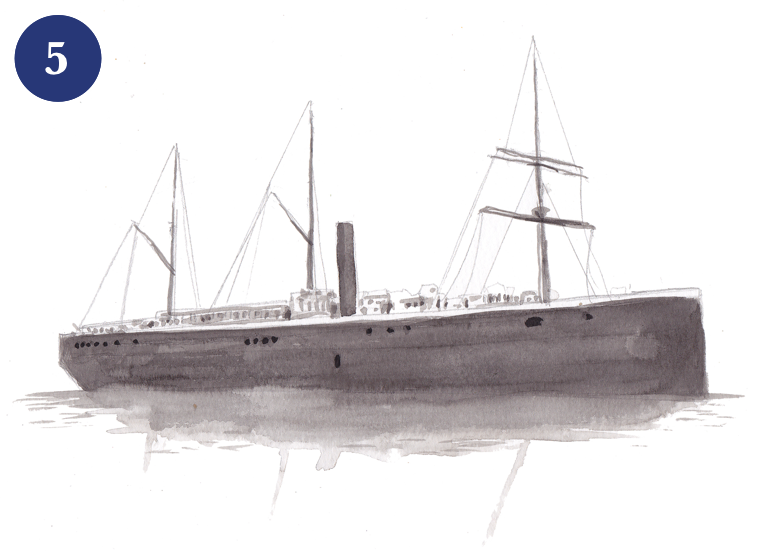
Disaster struck on February 22, 1901, when the worst shipwreck in San Francisco history befell the passenger ship City of Rio de Janeiro. The vessel was trying to pass through the Golden Gate in heavy fog when it collided with rocks on the southern part of the strait near Fort Point. It quickly sank, causing a loss of over a hundred lives.
INNOVATION #4: AIR TRUMPET
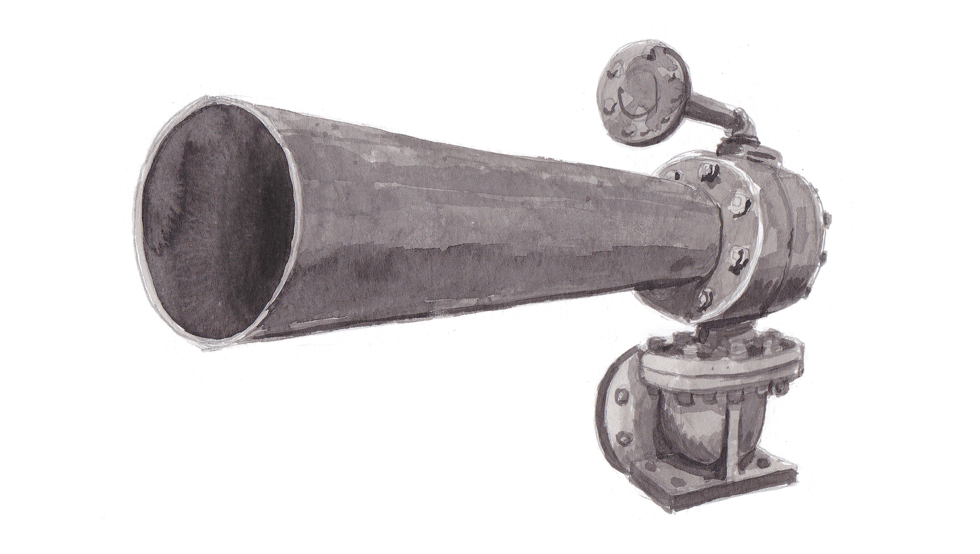
MILE ROCKS
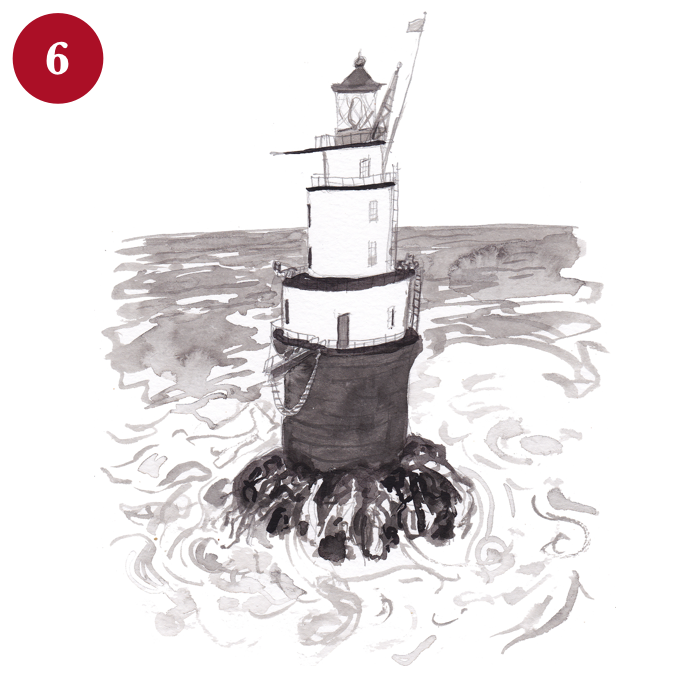
After the disaster of the City of Rio de Janeiro, the lighthouse board determined that the tragedy “might not have occurred if an efficient signal had been in operation” and recommended that a “powerful compressed air trumpet” be placed on the Mile Rocks.
Modern-Day Signals
GOLDEN GATE BRIDGE
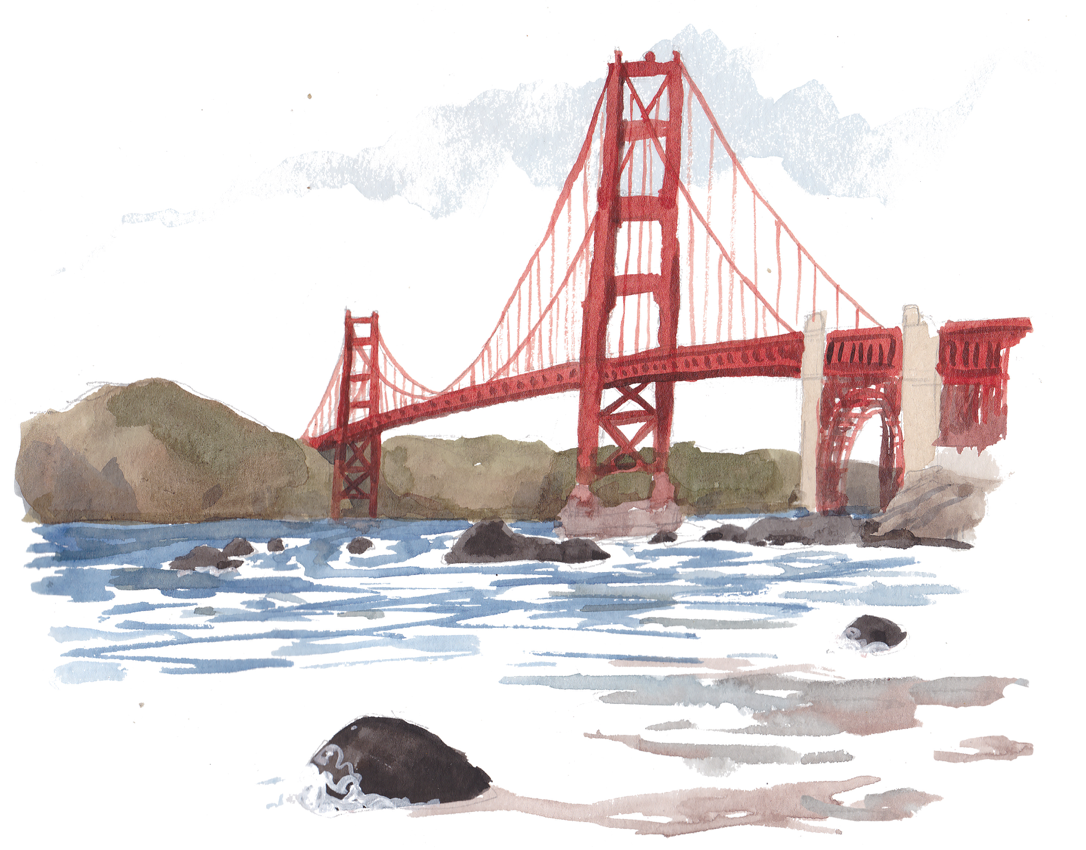
Since 1937, there have been a total of five foghorns on the Golden Gate Bridge—three mounted below the roadway level at mid-span, and two mounted on the south tower pier, about forty feet above the waterline.
MODERN-DAY FOGHORNS
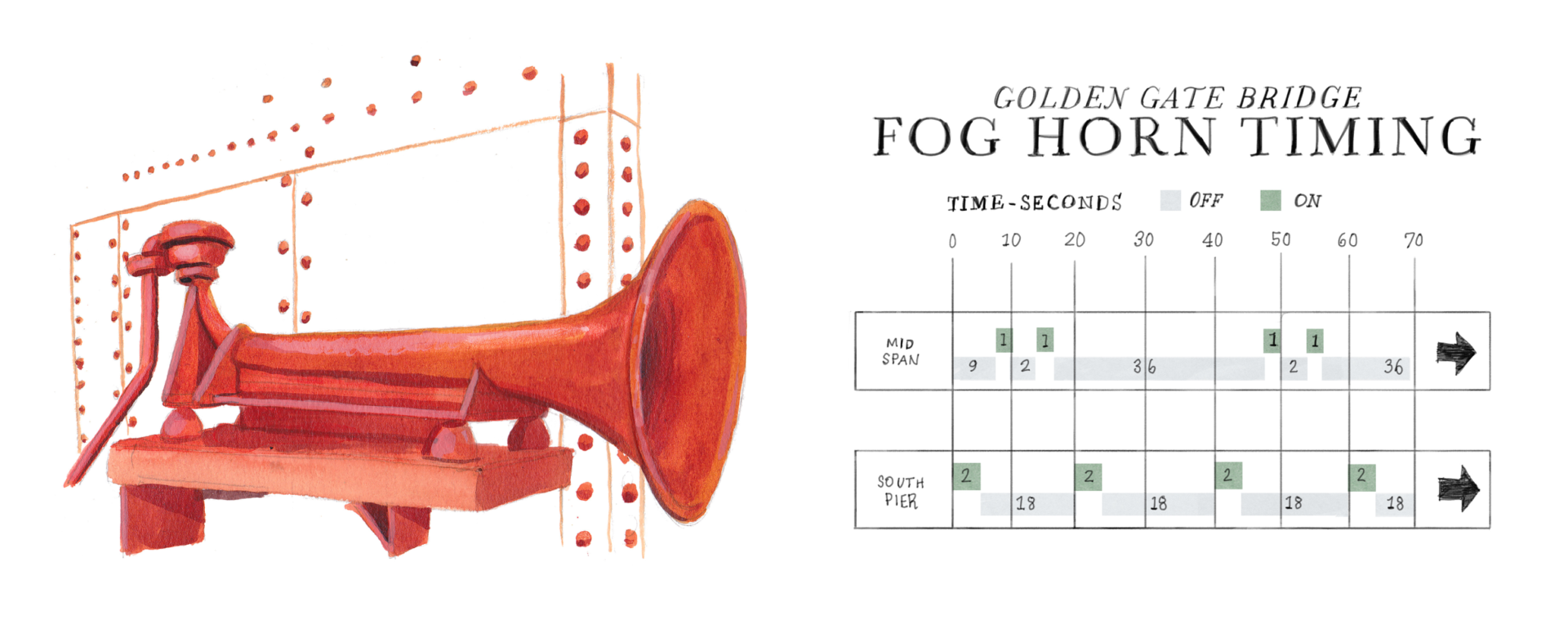
When the foghorns are active, they emit distinct tones at regular intervals. The three mid-span horns sound two quicker two-tone blasts, followed by a long break, the lower tone originating from the single west-facing horn. The two south-pier horns blast a single tone at eighteen-second intervals, with a lower frequency than the mid-span horns. The low pitch of foghorns creates long wavelengths, which can more easily diffract around barriers like rocks.
INTERNATIONAL ORANGE
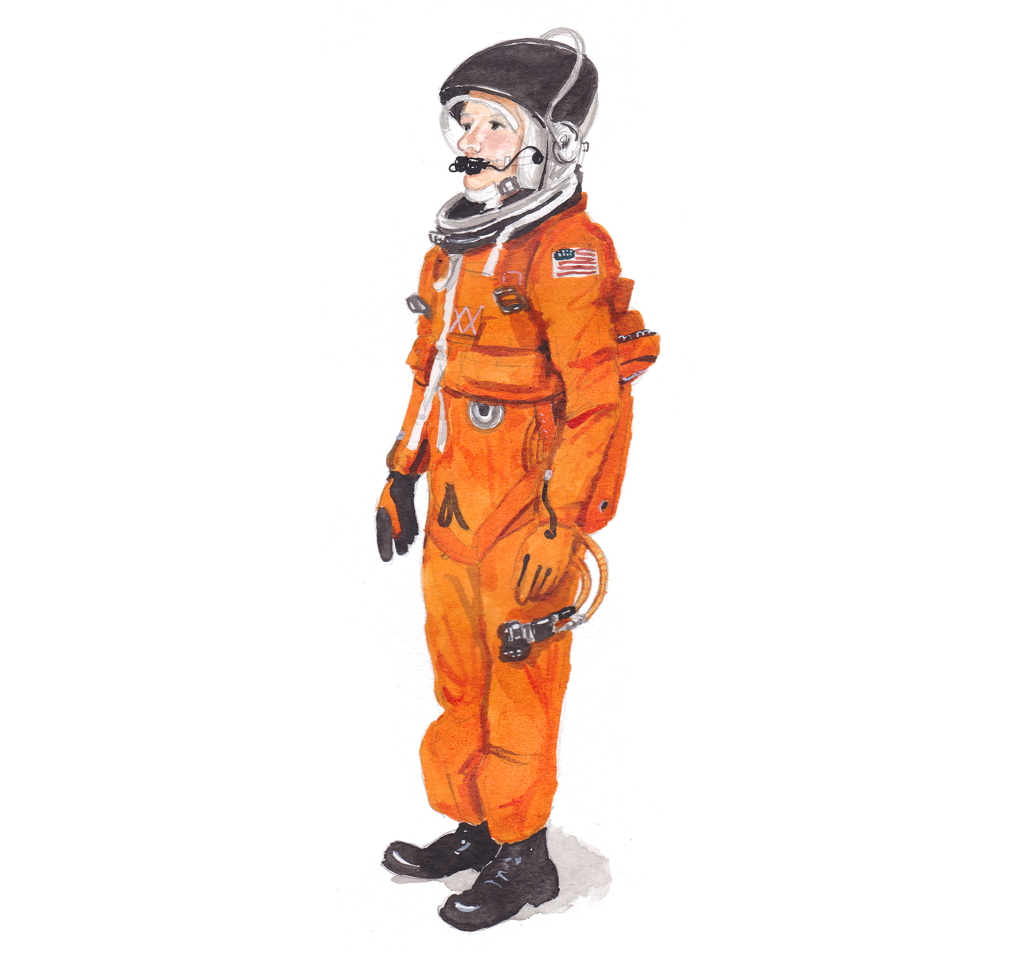
The color of the Golden Gate Bridge has a deeper, redder tone than the familiar safety orange. A slight variation of International Orange is used for visibility in the aerospace industry. ♦
James Mitchell showed up for the Summer of Love in 1967 and forgot to go home afterward. Lately he has been the publisher of Ithuriel’s Spear, which has published thirty-five titles in San Francisco since 2005. He is supervised by his house cat, Artemis, who thinks she is helping out by sitting on his keyboard.
Dan Bransfield is an author, illustrator, and animator living in Presidio Heights. He created The Word Cage for therumpus.net and is a contributor to Edible San Francisco magazine. He enjoys sunny days in the city’s various parks, pickleball, and hangouts at Breck’s café.


